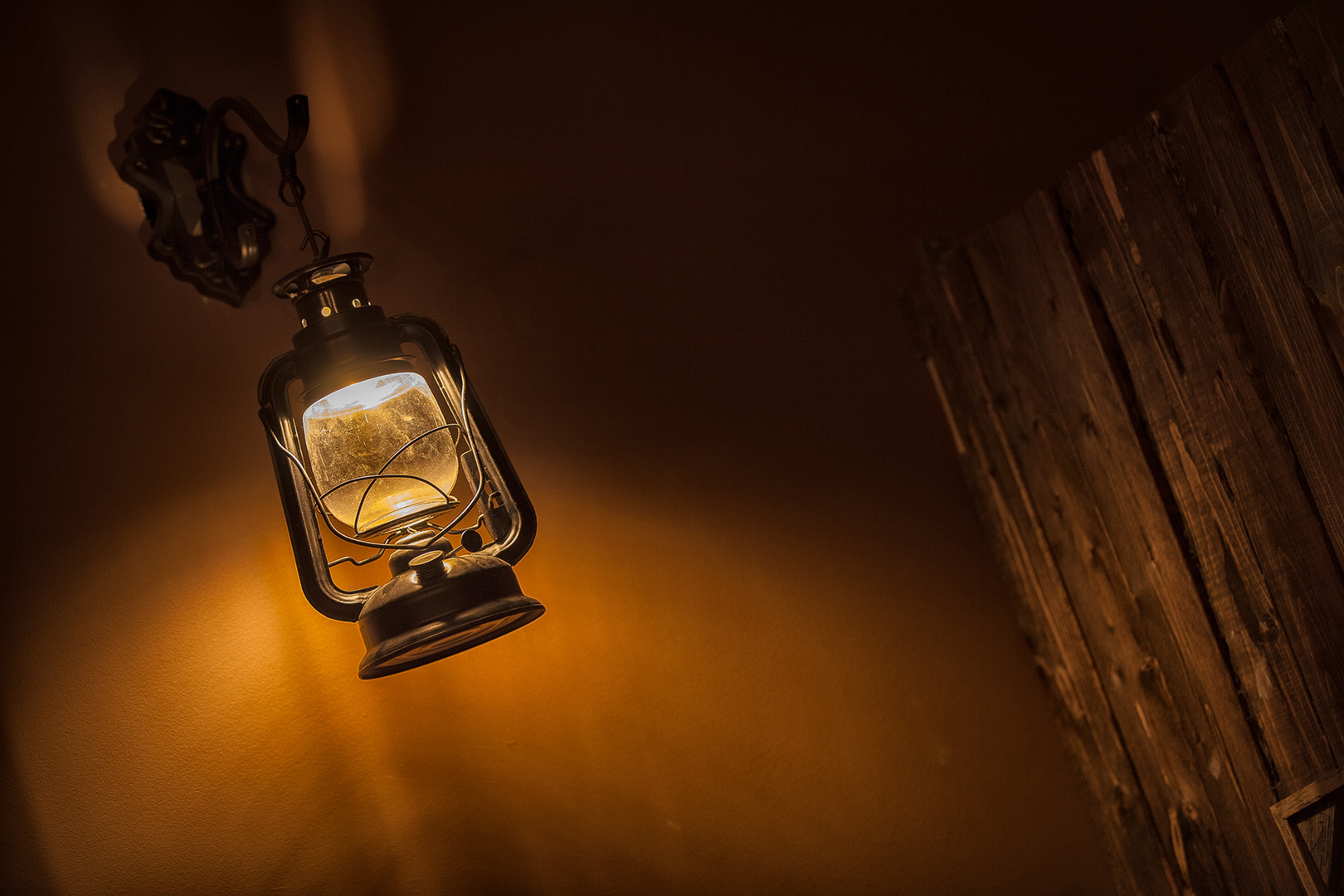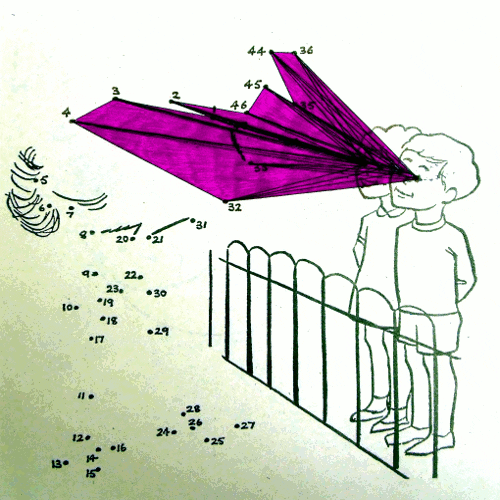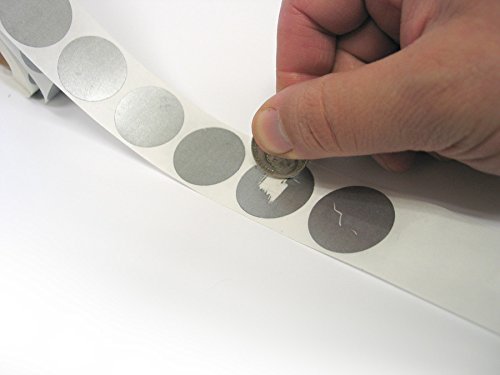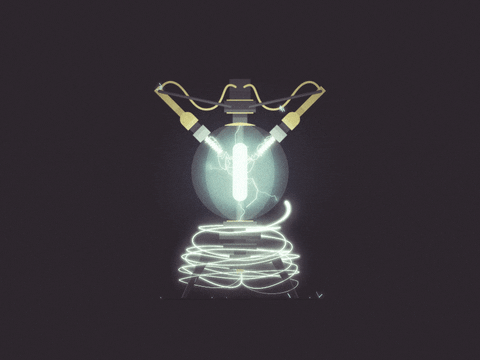The Best Escape Room Puzzle Ideas

Who doesn’t love a good puzzle? Especially escape room puzzles! While some certainly exhibit it a bit more than others, there is a spirit of competition and conquest in all of us that needs to be fed every once in a while, and puzzles offer that opportunity within a pretty comfortable space. And they’re actually quite lucrative too. Games and puzzles of all sorts are expected to reach nearly $30 billion dollars globally within the next few years as developers are pushing the boundaries further and further.
Escape rooms play a big role in that. Strip away the themes and the props, move past the technological bells and whistles, and you find that the beating heart of every escape room is a puzzle begging to be solved. If an escape room is a living body, the puzzles are the organs, and just like our own organs sometimes, we can take them for granted. The truths is that you don’t have to invest thousands of dollars to make a great puzzle in an escape room, and here are some examples to prove that point.
Copy Coder
We love this puzzle. PanIQ Room has been using it from day one for decoding simple messages. It’s easy to use, but the payoff is pretty big. A message looks like gibberish until a special lens is placed over top of it, revealing a secret message. You can purchase the product online and create the messages on this website.
Scytale
Syctale is one of the oldest code encryption methods, used by ancient Greeks and Egyptians alike. All you need is a rod and a long strip with letters on it. It’s easy to see that it’s a coded message, but the trick is that it will only reveal it’s message when wrapped around a rod of the right diameter. Here’s a great video that shows how it would have used.
Connect the Dots
Ahh, the good ‘ol days of kindergarten. The smell of little kids not used to being away from home, the taste of paste and crayons, and endless dot-to-dot sheets. Strangely enough, these simple puzzles work pretty well for older folk in escape rooms as well. All you need is a pen and an erasable printed surface with dots on it. You can come up with any kind of shape or message that will help players to solve the next puzzle. We sometimes use this with blind maps, where certain cities function as the dots.

Scratch Cards
$70 billion a year can’t be wrong … Americans love to scratch cards. In an escape room, it’s a fun way to hide codes and messages because players don’t usually expect it. And it’s probably easier than you think to have them made to suit whatever theme or use you can come up with (unless you already think it’s pretty easy … then is probably about as easy as you think).

Ambigram
Visualize a picture that gives out two different words depending on the orientation; that’s an ambigram. It’s made using a special calligraphy form that can be read as one word, but then read as a completely different word if you flip it upside down. We have created special wall frames using these; it’s always funny to see how players recognize that they can and MUST rotate the frame in order to move forward in the game.

Binoculars
This is a must-have game in any pirate-themed room, but it’s great in lots of other applications as well. You place a very tiny script somewhere on the ceiling or outside somewhere and players have to find a pair of binoculars in order to read it. Don’t forget to give them hint though, as it’s pretty hard to spot a miniscule bit of text if you’re not looking for it. We normally drive a pin point light onto it to show it off.

Cylinder Maze
This is a great way to hide any small object in a room. The inner cylinder is carved with the maze, and the outer cylinder is fitted with a small knob that prevents the inner cylinder from being removed unless you play the game.
All of these tricks are pretty simple and straightforward. But they offer players a chance to win, a chance to conquer, a chance to beat the game. So give them every chance to exercise those lesser used “muscles”. These puzzle ideas were aimed at sharing some simple puzzles that we’ve used in our escape rooms in order to showcase how often the quality of any escape room is dictated by the quality of the puzzles used in it.
Now we would like to dive in a little bit more!
But before we get to that, here are some keys to keep in mind. PanIQ Room is a franchise, and we have the manufacturing background to create any of these puzzles and so much more. Designing an escape room is a very intensive, intellectual challenge; you need to be able to think with your player, operator, and building inspector hats on all at the same time. A good game plot is like a good movie script; it should be filled with lots of “AHA!” type moments and keep players right on the edge of what they’re capable of. It’s easy to come up with a puzzle or two; what’s hard is to orchestrate the experience so that it flows well and to create an authentic environment that players want to spend an hour in (if not more). Ultimately, this is limited only by creativity and budget … let it be the latter, more than the former.
That being said, here are some more technologically advanced escape room puzzle ideas.
Unblock Me
Unblock Me is a popular mobile game app, and the same premise has been used in some tabletop brain teaser games as well. Create this puzzle in 3D and hide something inside or on the back of the portable block, whether it be a key, a secret message, or whatever. We’ve even used this puzzle with a built-in sensor that triggers another puzzle. It’s very easy to modify the difficulty level too; you just have to choose the right initial setup. By the way: this was our first wooden puzzle at PanIQ Room, so we have a long history using it. 🙂
Double-Sided Labyrinth
Cooperation is very important in any escape room. That’s what makes them such a great choice for team-building. So any puzzle where multiple players have to work together is ripe for implementation. The logic of this labyrinth is very simple, one player gets to see the path, while the other player has the means to move through it. The most common method is to create a maze where a magnet is used to move the object but has to rely on instructions from someone else to do it right. We like to build this game within adjacent jail cells for example, or inside a table where one player has to lie down the floor in order to work the game.
Running Clocks
This game is very tricky and it needs advanced technology to make it happen flawlessly. There are a lot of small clocks mounted on the wall. If players press a button or start the game with some other kind of sensor, the clocks will start rotating wildly as the clock hands slowly form a big letter or number, so players can read a code off of them. Check out this video for a cool application of this.

Transmorphism
In spooky or magical themes, this game is amazing. All you have to do is create a box or compartment where players have to hide an object and close the door. The object must have a built-in sensor of some kind that triggers a process that transforms it into another puzzle. The mechanics involved are pretty simple. You just have to be careful when resetting the puzzle to make sure it’s done correctly.
3D Maze
Traditional labyrinths are boring. Well maybe not ‘boring’, but why not take it to next level and create one in 3D, based upon this little toy? Just enlarge it and make the solution a little simpler. We have done this by building it into a gyroscope. Check out our CEO, Akos Gabossy trying to solve it.
Respirator
This is another great way to make your players work together. Create a tank similar to a respirator out of plexiglass or any other object with multiple holes for hands. So in order to solve the puzzle, you need more “hands”. They can assemble something or pass stuff inside, or just simultaneously push buttons that are far away from each other. Timing, communication, and coordination should matter.
Set the Height
Players have to find similar objects in the room, but their lengths are different. To solve the puzzle, they have to place these objects in holes with different depths, so they all come up to the same height. If they find the right order and place for each one, a magnetic lock can be activated and a compartment opens up underneath them. The idea for this puzzle is based upon this simple wooden version.
Are you interested in opening your own PanIQ Room franchise? Find more information on PanIQ Room Franchising. We look forward to create something remarkable together!